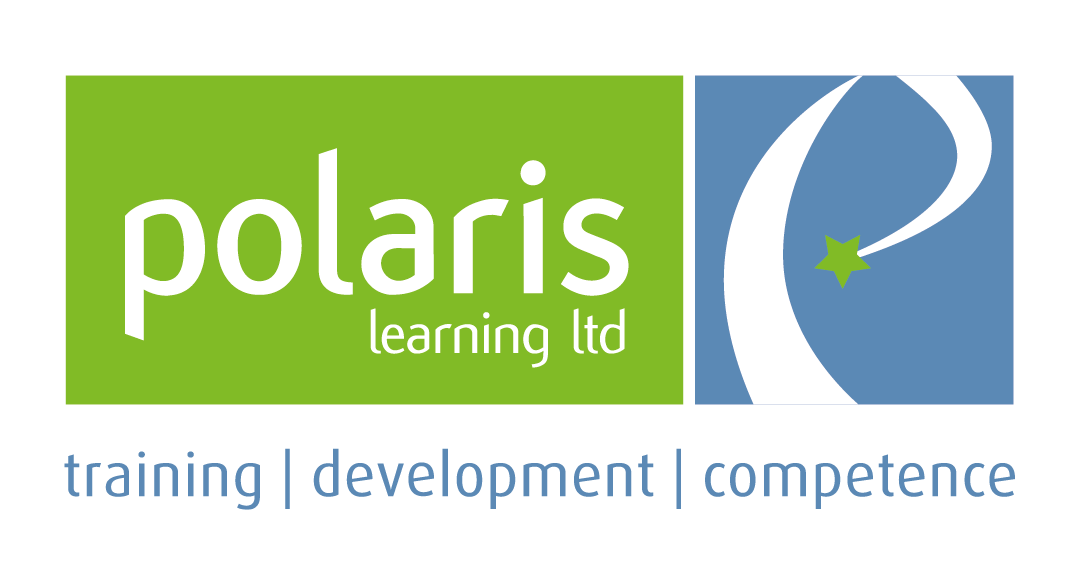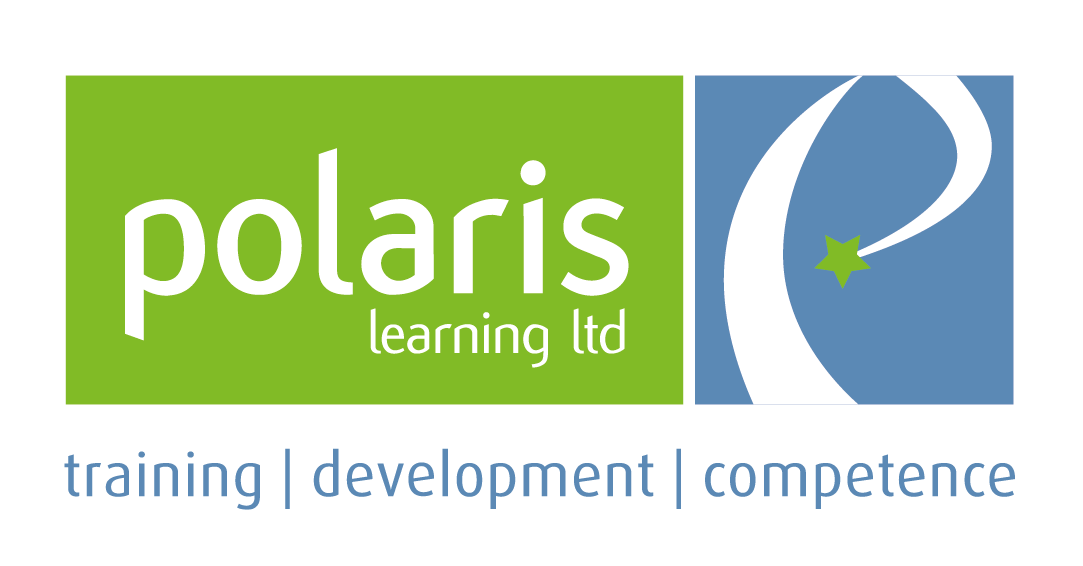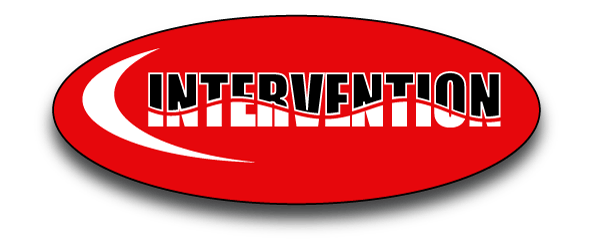Bridging the Gap in Assessment When You Do Not Have Enough Assessors
What can you do to bridge the gap if you suddenly have fewer assessors available but the same workload, and the same level of risk or even increased risk?
Many organisations have suddenly been faced with this problem: there are fewer assessors available to help keep the competency management system or assessment process working. Whether team members are on furlough or there have been redundancies, many people need to find a solution.
Our advice is to think about the following:
Step One: Understand the Size of the Problem
Start by understanding the scale of the problem and look at the details.
You can do this by checking:
- The number of assessors that you now have
- Which positions those assessors are in and what they currently assess
- The likely workload for each assessor based on current competencies of team members and development needs
- Whether there is anything else that they are technically competent to assess and realistically would have the time to assess
- Where the gaps are
Step Two: Review Your Risk Matrix
Prioritise your high-risk areas and identify the specific gap and needs within these areas for key job holders. The information from step one will help you with this.
If resources are tight, focus on the areas where you have the greatest risk. Some of these may be areas where you can also have the greatest impact, in which case, these can be a good place to start.
Step Three: Go Back to Basics
In the short term, go back to basics and make sure that your are focused on safety critical tasks for each job holder and person in that role. Critique your competency management system or assessment process and ask:
- Are we focusing on the essential competencies to achieve safety critical tasks?
- Is there anything in this competency record that could be de-prioritised in the short term?
- Is there a way to rely less on the assessor in gathering evidence, e.g. using witness testimonies?
- Could we involve the job holder more in the way we are assessing so that there is less work for the assessors?
Step Four: Review or Address the Competency Status of Your Team Members

Hopefully, this information is easily accessible to make this task faster. Review the competency of your people in key job roles:
- Identify where somebody is not marked as competent or graded satisfactorily in a key competency that is essential for safe working or current contracts
- Identify what action can be taken in the short and medium term to fill these gaps. Could on the job training or coaching fill the gaps? Would online learning provide underpinning knowledge?
- Then focus your assessors and the job holders in these priority areas
Step Five: Sense Check Your Paperwork and Process
Now could be a good time to check that your paperwork and process are as streamlined as they could be. However, most people are struggling for time so you could answer the questions below in your assessor standardisation meetings.
- Are there any areas in the paperwork that job holders or candidates typically struggle to complete, misunderstand or leave blank?
- Are there any areas that they generally provide too much information on?
- Are there areas that are often over-assessed and could be reduced?
- Are there areas that we should be paying more attention to in assessments?
Step Six: Do Your Assessors Have Appropriate Training?
It is important that your assessors know what is expected of them, and how to use your processes and paperwork. When your assessors are under extra pressure, they need to be able to easily get on with assessing and not be put off by uncertainty.
You may not be able to release assessors for training just now, but you could focus on the basics:
- What is expected
- How to use the paperwork
- When to assess, what or how
- How to deal with problems
- Where to go for help
- How to document and record their work
You could do this training online and an online short course can cover this quickly or you could consider a virtual or remote workshop. This does not need to be time consuming or expensive to implement.
If you are looking for a course to introduce your assessors to their role and the essentials of what in involved, we have a number of options including online, virtual workshops and class room based learning. Click the buttons below to find out more
If you would like some help to review your competency management system, we can help you do this quickly and effectively. Click the button below for more information.
Step Seven: Provide Assessor Guidance and Support
You can cover this in your assessor standardisation meetings in the short term.
However, it is very helpful to provide assessor guidance that assessors can refer to after their training is completed. These can be short videos or short, visual guidance documents that highlight the main things that assessors need to remember. Again, this does not not need to be time consuming or expensive to implement.
Assessor guidance along with assessor training, is a good way to help assessors get on with assessing and to help them do it the right way first time.




 Well Operations Audit of Supply Chain
Well Operations Audit of Supply Chain Revision and roll out of CMS
Revision and roll out of CMS Set up and Hosting of Organisations CMS
Set up and Hosting of Organisations CMS

 Integrated LMS and CMS
Integrated LMS and CMS
